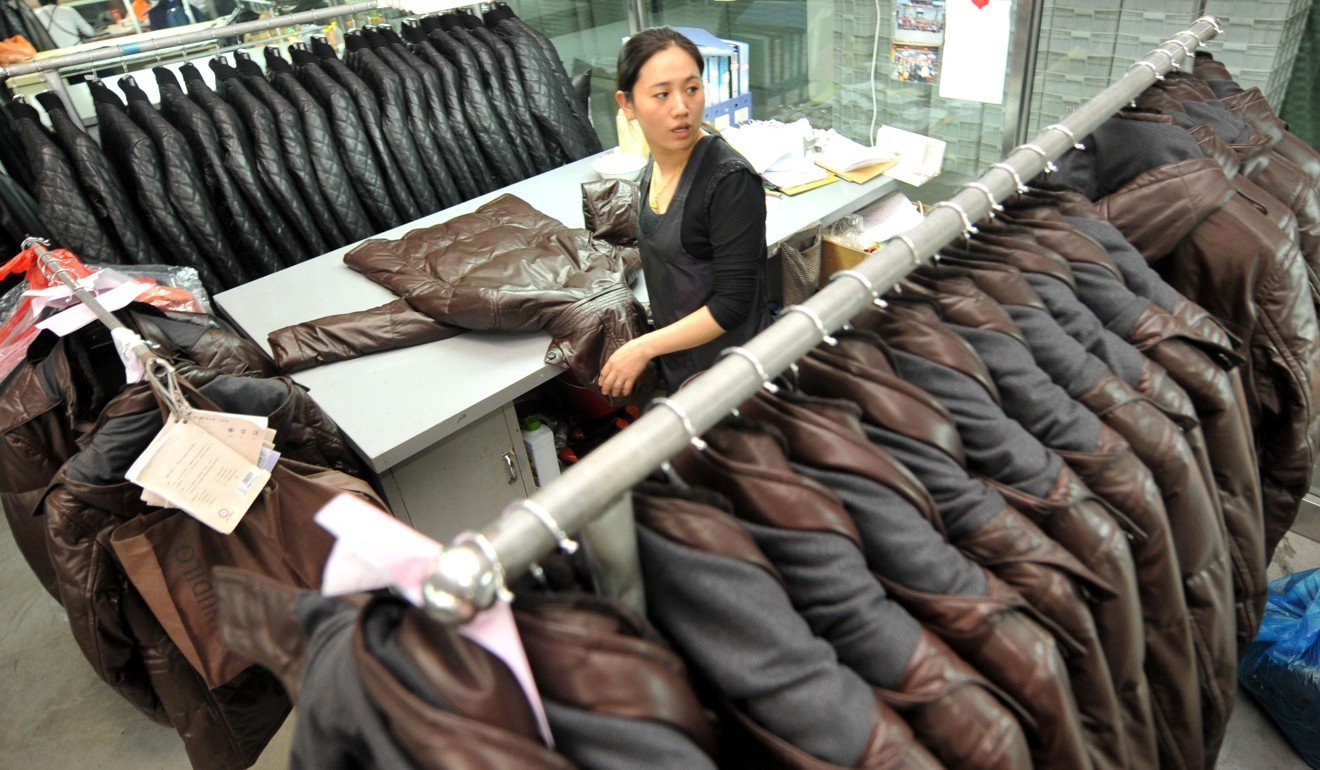
China’s fur capital touts itself to world even if fur’s out at Versace and other leading fashion houses
Fur is a US$17 billion-a-year industry in China and Haining, near Shanghai, is its hub; the city sees no reason for pessimism as the use of imitation fur grows, and is promoting its products to the world
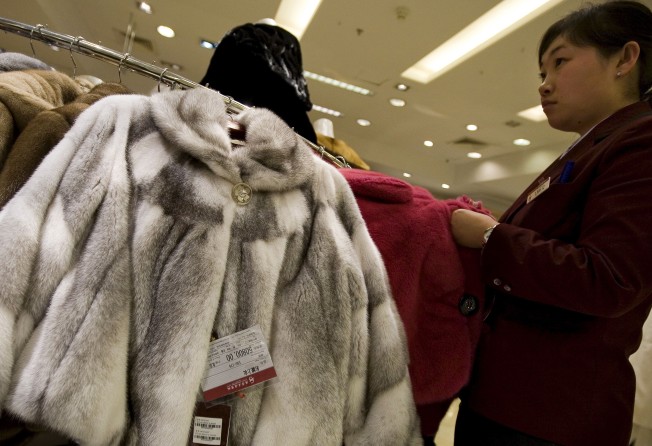
Unless you are in the fur or leather business, it’s unlikely you will have heard of the city of Haining. It’s a small city by Chinese standards, with a population a tick over 800,000, located 125 kilometres (80 miles) west of Shanghai, in Zhejiang province, traditionally a stronghold of textile and clothing manufacturing.
In the world of fur and leather, however, Haining is a powerhouse, producing 50 per cent of all the fur and leather products, both finished garments and raw materials, made in China.

Haining China Leather City is a complex of markets, educational facilities and design centres covering 350 hectares (865 acres) and devoted entirely to leather and fur.
Its deputy general manager, Wang Honghui, says: “Haining is China’s fur and leather city. It has been for more than 100 years, but the development over the past 20 years has been very fast.”
He sees little reason to expect development to slow down in the near future, as Chinese consumers continue their love affair with fur.
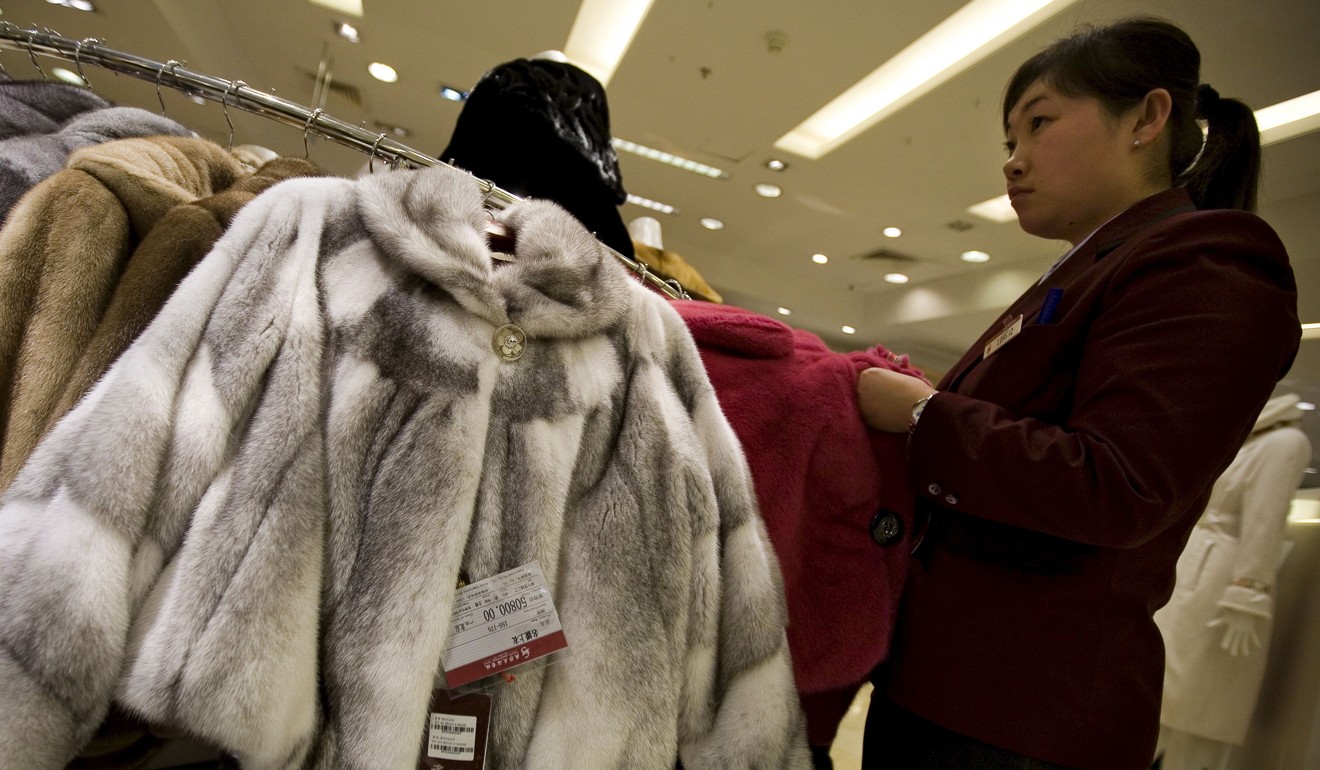
According to International Fur Federation data, Chinese retail sales of fur are worth nearly US$17 billion per year, dwarfing the rest of the world. No other single market – even big markets for fur, such as Russia and the United States – manages even US$5 billion in sales.
Wang estimates Chinese consumers account for 80 to 90 per cent of global fur sales.

Chinese consumers are familiar with Haining, but the city has launched a promotional campaign to take its brand global. This is motivated partly by a desire to capture the attention of the world’s fur markets, but also by a wish to show domestic consumers that furs produced in Haining are on a par with those anywhere in the world.
Particularly symbolic was a recent high-profile event showing Chinese furs at Milan Fashion Week, Italy’s most prestigious fashion event.
Wang says: “This [event in Milan] was part of our internationalisation strategy. It was symbolic to do this at Milan Fashion Week because Italy is another traditional centre of fur and leather and Milan is the centre of Italian fashion.
“We can show that our Haining fashion is beautiful and fits in the setting of the beautiful fashion in Milan. We want the world to know Haining, to know we are already an important place for fashion in the world.”
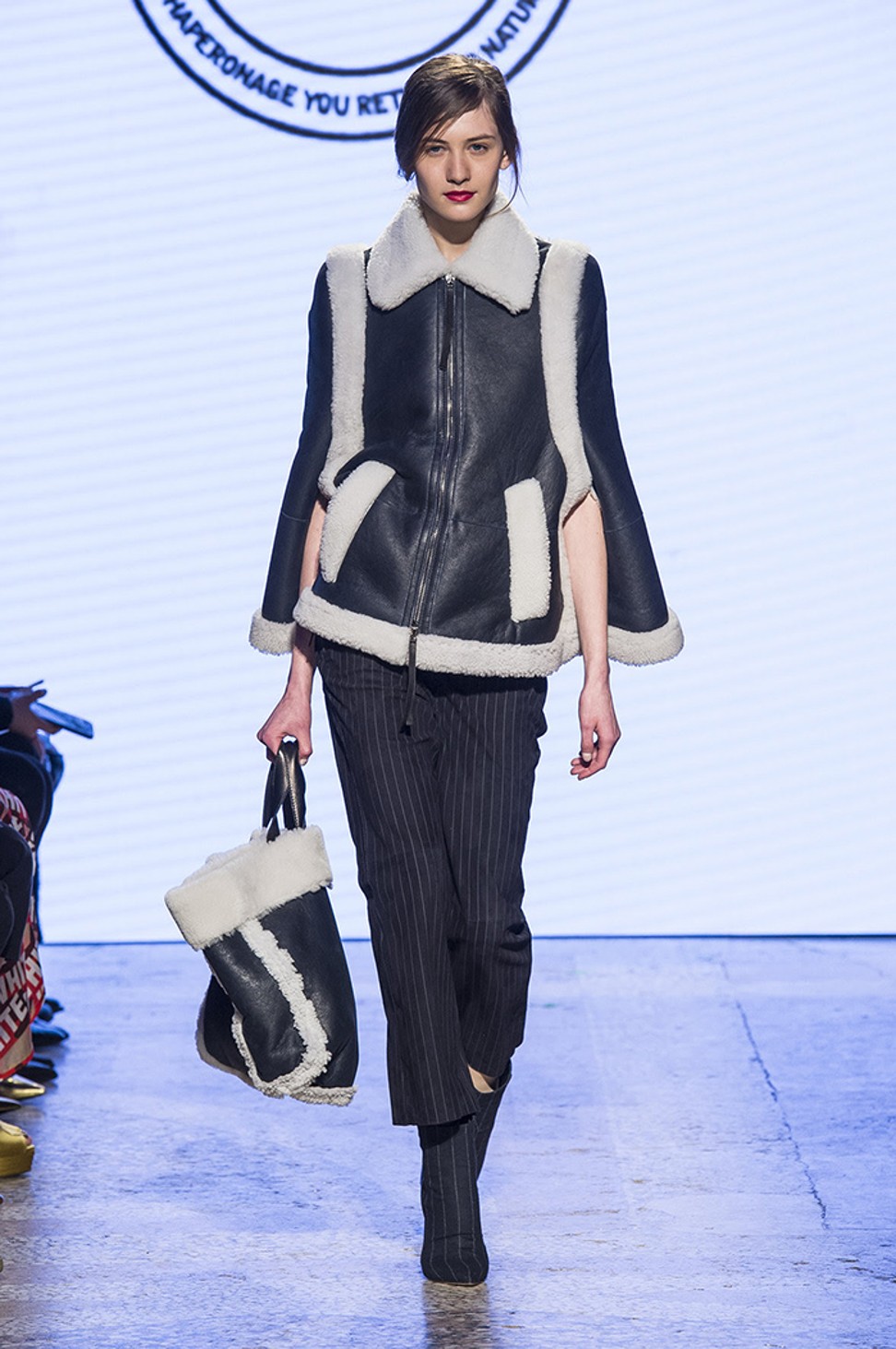
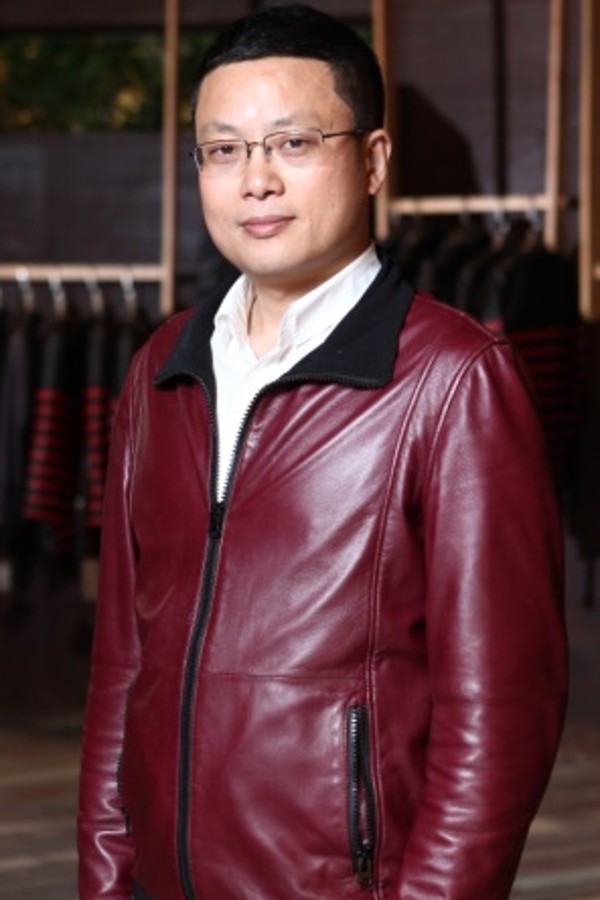
This international push from a large and well-funded Chinese fur operation comes at a time of change for the industry. Over the past year international fashion houses including Gucci, Michael Kors and, just a few days ago, Versace have joined other big labels already in the “no fur” corner, such as Stella McCartney, Armani and Ralph Lauren.
One of the reasons so many fashion brands are turning away from fur is recent technological advances in the production of imitation fur, which now looks and feels much more like the real thing than it did even a few years ago.

“Due to technological advances in fabrications, we now have the ability to create a luxe aesthetic using non-animal fur,” Michael Kors said in announcing his brand’s decision to abandon fur.
Major fashion houses may also be responding to changing consumer attitudes. As Gucci chief executive and president Marco Bizzari said of fur: “I don’t think it’s still modern and that’s the reason why we decided not to do that. It’s a little bit outdated.”
Millennial consumers worldwide and in China have embraced faux fur, partly out of concerns about animal cruelty – 50 million animals worldwide are slaughtered annually for the fur trade, and the industry is poorly regulated in major producing countries such as China – partly because of the weight of fur garments and, for mass market consumers, partly because of the high price of fur garments.

Wang puts a positive spin on these developments, explaining that Haining has moved with the times by expanding more into imitation fur and leather products.
We want the world to know Haining, to know we are already an important place for fashion in the world
“For us in the fashion industry, we really need to satisfy the needs of the consumers, so we are now also producing more man-made fur, which is lighter and more popular with younger consumers. This represents the future trend,” he says.
“I think these days Chinese consumers have a higher opinion of man-made fur, but there will always be people who prefer real fur.
“There are two distinct groups of consumers and there is room for both in the market. Some people like coffee and some like tea, and there is room for both tea and coffee drinkers in China.”